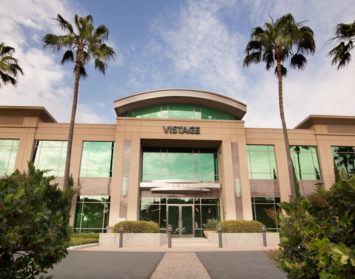Over the past three to four years the commercial real estate buying frenzy has been at an all time high. Not too long ago, Class A office buildings sold around $250 per square foot and today are topping well over $500 per square foot. Furthermore, several buildings have sold more than once during the past few years and each time a little more value is squeezed out as the incoming buyers continue to pay higher premiums. A great investment play for real estate owners, but what about the tenants who occupy these buildings?
While rents artificially creep north with each new landlord as a way to justify their recent purchase, there are several key issues that tenants must watch out for when their building is under new ownership. The items below are the three most common ways tenants are hit with rising real estate costs:
1. Common Area Upgrades.
Many owners who recently purchased property in San Diego are sprucing up their buildings by renovating lobbies and other common areas. These building upgrades certainly do not come without a price. The ownership’s objective is to raise rents. The higher the rental rate, the higher the real estate value. Tenants who have leaseholds that expire shortly after a change in building ownership are most susceptible to a rate spike when renewing their lease.
2. Operating Expenses.
Each time real property sells, the San Diego County tax assessors office adjusts the property tax base. Since real estate values have risen over the years, new owners continue to pay higher property taxes than their predecessors. The increased property taxes are passed right down to the tenant under the operating expense provisions in the lease document.
3. Parking and HVAC Charges.
Poorly negotiated lease documents which allow the landlord to charge its prevailing rate for parking fees and after hours HVAC are susceptible to these increases. Tenants that have an open ended rate for parking and HVAC charges versus a fixed rate for the entire term of the lease should be prepared for an increase if the building sells.
So how do tenants protect themselves against these costly situations? Tenants who have expiring leaseholds and are faced with rising rates must develop a negotiating strategy whether to renew the lease or relocate. While high rates do increase building value, most landlords prefer to retain their tenants. There are several ways to negotiate a below market renewal while giving the landlord their preferred rates. Insulating against increased property taxes passed through by your landlord is something very difficult to achieve. Very few landlords grant Proposition 13 protection. However, negotiating an operating expense base year further out than the current calendar year can help alleviate costs and is more palatable to landlords. Lastly, parking charges and other costs that allow the landlord to charge a prevailing market rate during the term of a lease should be set at a fixed rate throughout the entire term of the lease. If negotiated properly, this one is easy to obtain.
While most leases evolve around negotiating the rental rate, tenant improvement allowance or free rent, there are other key factors that have a huge economic impact during the lease term. These issues may seem irrelevant when negotiating, but during the lease term some of these hidden items can have a large drain on your bottom line and can be down right frustrating to most tenants.
Scot Ginsburg is an executive vice president of Hughes Marino, a global corporate real estate advisory firm that exclusively represents tenants and buyers. Contact Scot at 1-844-662-6635 or scot.ginsburg@hughesmarino.com to learn more.








